A beautiful morning over Montana turned tense in an instant for one experienced pilot when his newly purchased twin-engine Cessna P337H suffered a partial engine failure. What began as a routine cross-country flight ended in a forced landing that, while damaging the aircraft, thankfully resulted in only minor injuries. Let’s walk through what happened, and what we can learn from this mishap.
A Seasoned Pilot, A New Aircraft
The pilot at the controls that day was no novice. An 81-year-old commercial-rated pilot with an instrument rating, he had over 3,500 hours of total flight time, with about 3,446 of those logged as pilot-in-command. However, this flight marked only his first time flying the particular Cessna P337H he had purchased the year prior. In fact, he had just 1 hour of flight time in this make and model.
That’s a detail worth noting: a highly experienced aviator, but one who was still new to this aircraft and its unique handling and engine management characteristics.

Setting Out On a Cross-Country
On May 3, 2023, the pilot departed Bozeman Yellowstone International Airport (BZN) at around 6:15 AM for a planned cross-country trip to Beatrice, Nebraska (BIE). The skies were clear with visual conditions, and he climbed to a cruising altitude of 11,500 feet. At cruise, he leaned both engines’ fuel mixtures to about 14 gallons per hour—a common practice to improve efficiency.
During the climb and cruise, the pilot had to maneuver around some clouds, which involved descending and then climbing back to cruise altitude. It was during this phase that he noticed the airplane wasn’t performing as expected during the climb—a subtle but important clue of what was to come.
Trouble in the Rear Engine
Roughly five minutes after the climb, things began to go wrong. The oil pressure in the rear engine started to drop, and oil temperature began to climb. The pilot reacted by opening the rear engine’s cowl flaps to try to cool it down, but the readings continued to worsen.
Recognizing the seriousness of the situation, the pilot decided to divert to Laurel Municipal Airport (6S8), about 40 miles away. He shut down the rear engine, feathered the propeller, and pushed the forward engine to maximum power: about 31-32 inches of manifold pressure, 2500 RPM, and 18 gallons per hour of fuel flow.
But even at full power, the forward engine couldn’t hold altitude. The airplane began to descend steadily as the pilot headed toward Laurel.

A Critical Approach and Forced Landing
As he approached Laurel, the pilot was fighting gravity with everything he had. About a quarter-mile from the airport and only 5 to 10 feet above ground level, the aircraft stalled and struck an open field. The left wing clipped a steel fence post, causing the plane to spin 180 degrees and come to rest wedged in an irrigation ditch.
Despite the dramatic ending, the pilot sustained only minor injuries—a testament to good decision-making and restraint use. The aircraft, however, suffered substantial damage to the airframe, wings, and both tailbooms.
Investigators Dig In
The NTSB’s post-accident examination revealed troubling signs in both engines. The rear engine showed internal cylinder damage and piston face erosion consistent with detonation—essentially an uncontrolled explosion within the cylinder that can rapidly destroy engine components. There was even a hole in the oil sump of the rear engine.
Surprisingly, the front engine also showed detonation-related damage, albeit less catastrophic. Both engines lacked an active exhaust gas temperature (EGT) gauge in the cockpit, though probes and wiring were present. Without EGT readings, it was difficult to assess how lean or hot the engines were running—critical information for managing engine health, especially during high-power operations like climbs.

Why Did It Happen?
The precise cause of the detonation couldn’t be pinned down. Possible culprits included:
- Improper ignition timing
- High inlet air temperatures
- Engine overheating
- Carbon buildup or oil contamination
- Incorrect fuel octane
- An overly lean fuel-air mixture
Investigators could not confirm the magneto-to-engine timing post-accident, but no obvious issues were found with the magnetos or ignition harnesses.
A key takeaway here is that an overly lean mixture, especially at high power settings, is a known cause of detonation—and the pilot was flying without an EGT gauge to monitor engine temperatures during mixture leaning.
Safety Lessons
This accident, like so many, wasn’t caused by a single mistake but by a combination of factors:
- Transitioning to a new aircraft — Even experienced pilots face steep learning curves when flying unfamiliar types, especially complex aircraft like the pressurized Cessna Skymaster (P337H) with its unique push-pull twin engine configuration.
- Leaning without sufficient feedback — Leaning mixtures without reliable temperature monitoring can be dangerous, especially when operating near the limits of the engine’s performance envelope.
- Recognizing deteriorating engine health — The pilot made the right call to shut down the failing engine and divert. While the outcome still involved an off-airport landing, a more aggressive or delayed response could have led to worse consequences.

Final Thoughts
It’s easy to underestimate the importance of knowing your aircraft inside and out—especially when transitioning to new or complex equipment. Modern tools like EGT gauges are vital for protecting engine health during lean operations. This flight might have ended quite differently if the pilot had access to more engine data and more hours in type.
Ultimately, this was a well-flown emergency by an experienced pilot who adapted quickly when faced with a dual challenge: a failing engine and an aircraft he was still getting to know. The airplane can be repaired or replaced. The pilot walked away—a successful outcome in any emergency.




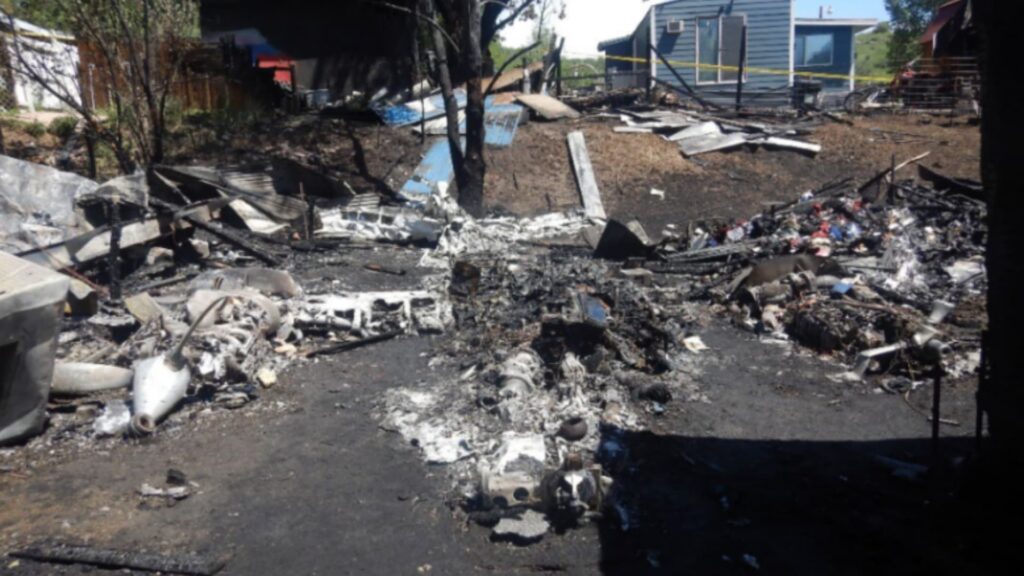
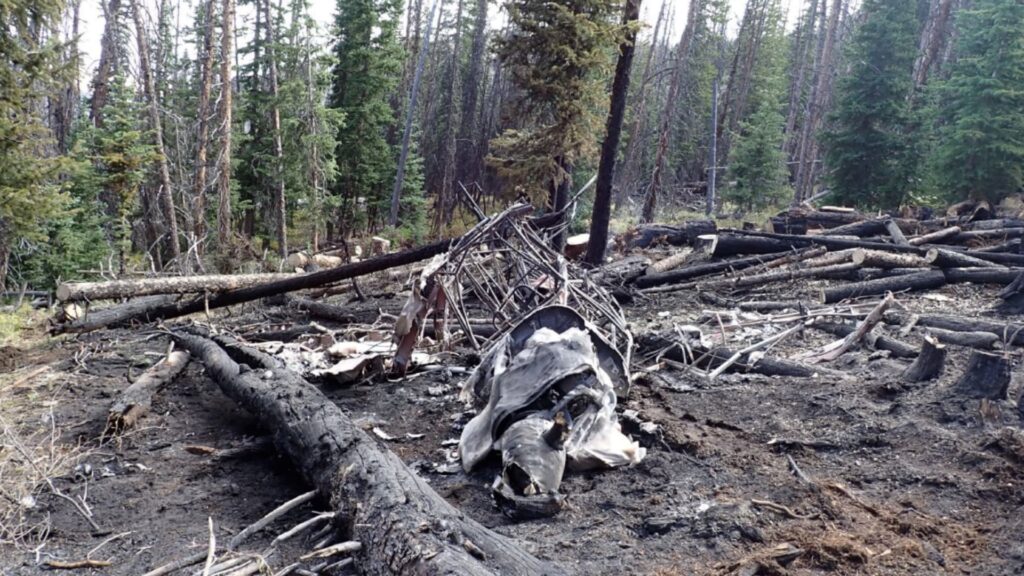
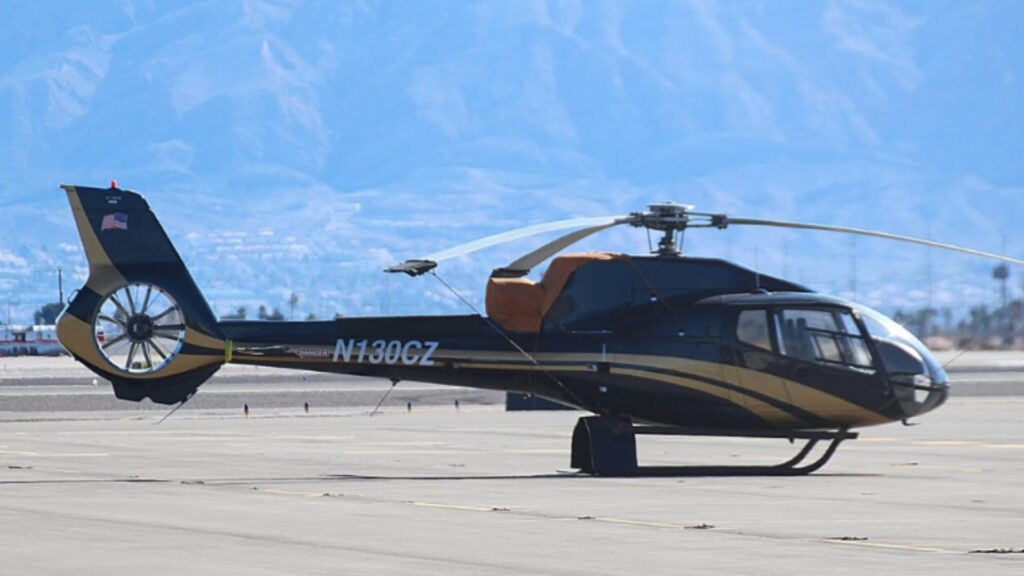
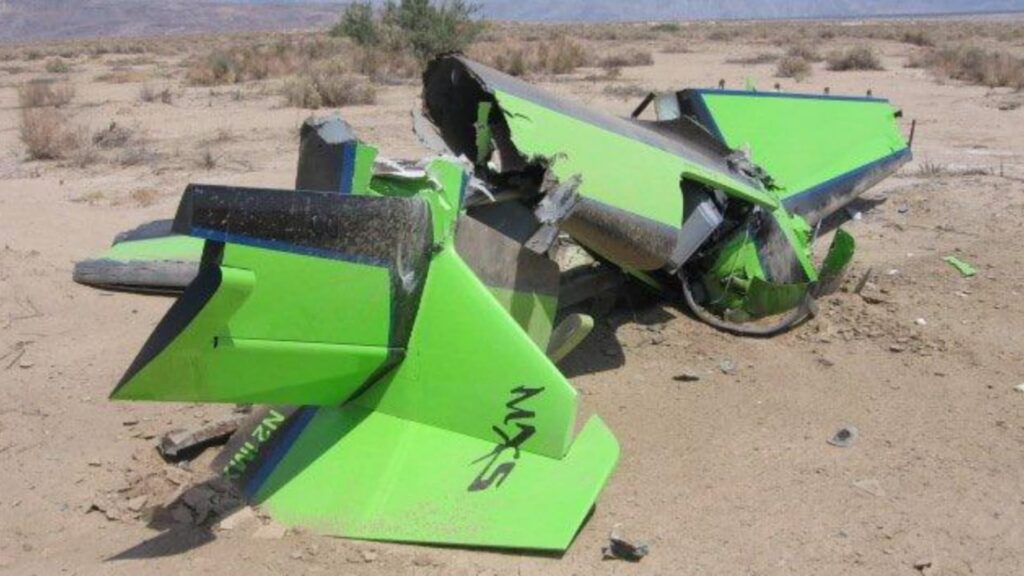
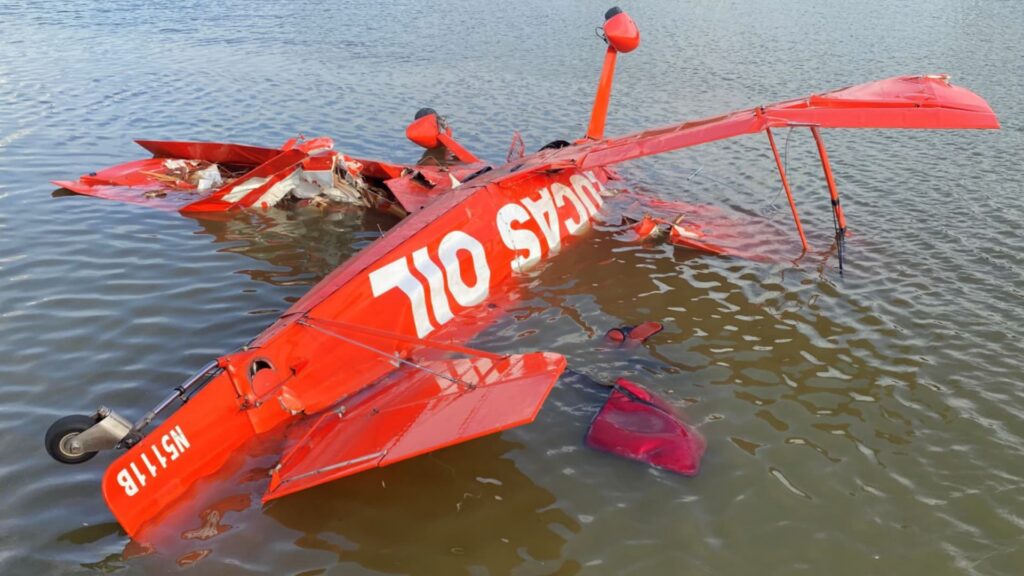
One Comment
Is the 337 unable to hold altitude on just one engine? Or was that a result of the result of running too lean? Sad accident…nice airplane. Glad the pilot came through ok.